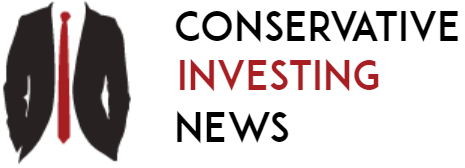Rob is a 28-year-old office worker with $25,000 in student loan debt at a 5% interest rate with 10 years left in the term. He hasn’t been able to save much money, and apart from an emergency fund, he has no retirement nest egg.
But he just got a promotion that comes with a raise, and will now have $1,000 in disposable income each month. The new job also comes with access to a 401(k) employer match program.
Now he’s asking himself, should he put that extra money toward building wealth or wiping out debt?
Trending Now
Don’t leave money on the table
No matter which direction Rob decides to go, taking advantage of any employer retirement match program should be a priority. A company match — where an employer matches your retirement account contributions up to a certain percentage of your salary — is essentially free money, and it begins compounding immediately. Passing up the match is like leaving part of your salary unused. It’s recommended that you contribute at least as much to your 401(k) as the maximum company match amount. This is commonly 6% of your salary.
Once that’s all set, the real decision comes down to comparing the cost of paying off your student loan to your potential return on investments. Keep in mind the IRS allows eligible borrowers to deduct up to $2,500 of student loan interest, lowering the effective cost. A diversified investment portfolio may deliver higher long-term returns, but investing carries risk and no guarantees. And while it doesn’t show up on the ledger, unburdening yourself of debt can be its own reward.
Read more: Start paying as little as $29 next month for car insurance. Here’s how
Maximize your future
Let’s say Rob focuses solely on his student debt, paying an extra $1,000 each month. By doing this, he could be debt-free in less than two years. The trade-off here is missing out on potential returns from investing in that time, but after the loan is paid off he can potentially invest the cash from his raise, plus the employer match and the amount he was previously paying toward the loan.
Rob could also choose to invest up to $1,200 per month (extra cash plus employer match) in a portfolio while paying off the loan normally. This approach can produce returns but will be dragged down by the debt.
Alternatively, he could contribute enough to his 401(k) to take full advantage of his employer match and put the rest of his disposable income toward paying the debt. If that equals $800 extra thrown at the debt each month, it would be paid down in a little over two years, plus he’d earn a modest amount from investments in that time until he could potentially throw everything into his portfolio.
Rob’s decision could come down to what he feels most comfortable doing, his financial goals and career trajectory. He could calculate his predicted returns for each scenario or consult with a financial advisor who can help build a road map to achieve his dreams. He may also want to review his progress regularly and make adjustments to account for changes in income and expenses. The key is building a financial foundation that grows stronger with time.
What to read next
Stay in the know. Join 200,000+ readers and get the best of Moneywise sent straight to your inbox every week for free. Subscribe now.
This article provides information only and should not be construed as advice. It is provided without warranty of any kind.
